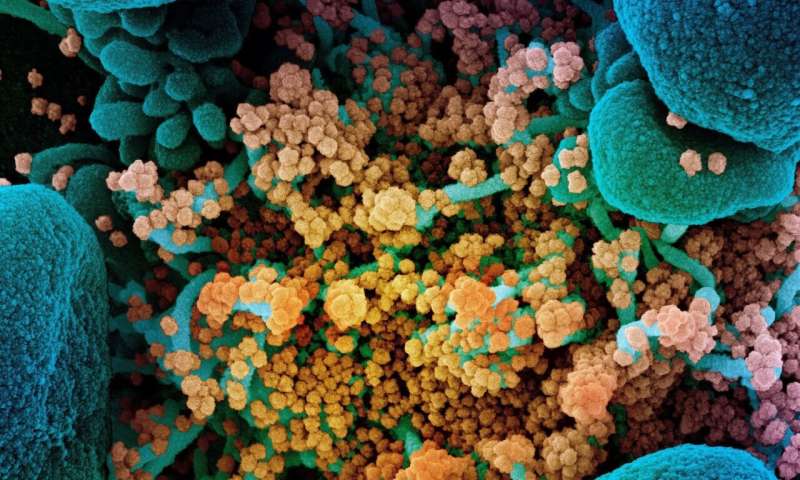
Researchers have outlined an approach to characterize and develop an effective environmental monitoring methodology for SARS CoV-2 virus, that can be used to better understand viral persistence in built environments. The investigators from 7 institutions published their research this week in mSystems, an open-access journal of the American Society for Microbiology. Built environment refers to the human-made environment that provides the setting for human activity, ranging in scale from buildings to cities and beyond.
“As we all know, SARS CoV-2 is of worldwide concern,” said principal investigator of the study Dr. Kasthuri Venkateswaran, senior research scientist at NASA’s Jet Propulsion Laboratory (JPL) in Southern California.
For the studies, the researchers used inactivated noninfectious virus that is viable and can be used as a surrogate. “Our group adapted the CDC-approved reverse transcriptase quantitative polymerase chain reaction (RT-qPCR) methodology and then tested the efficacy of RT-qPCR in detecting SARS CoV-2 from various environmental surface samples,” said Dr. Ceth W. Parker, one of the 3 lead study authors, a post-doctoral fellow at JPL. The researchers tested a variety of surface materials common in built environments, including bare stainless steal, painted stainless steel, plastics and reinforced fiberglass.
“We tested these surfaces by seeding inactivated noninfectious SARS CoV-2 particles and then determining how well we could actually recover them from the surfaces,” said Dr. Parker. “It takes a minimum of 1,000 viral particles per 25 cm2 to effectively and reproducibly detect SARS-CoV-2 virus on the surface. We found that viral RNA can persist on surfaces for at least 8 days. We also found that inhibitory substances and debris have to be taken into account on the surfaces they are being tested on.”
American Society for Microbiology

